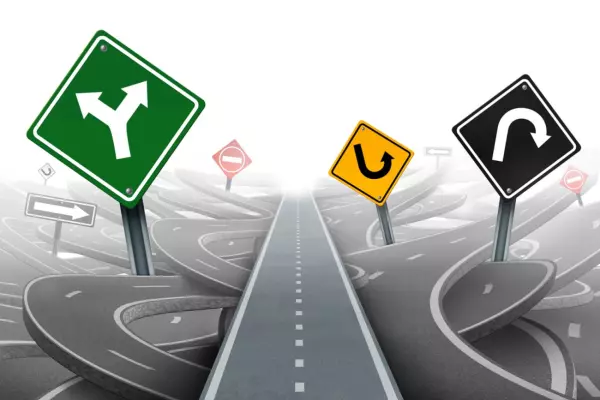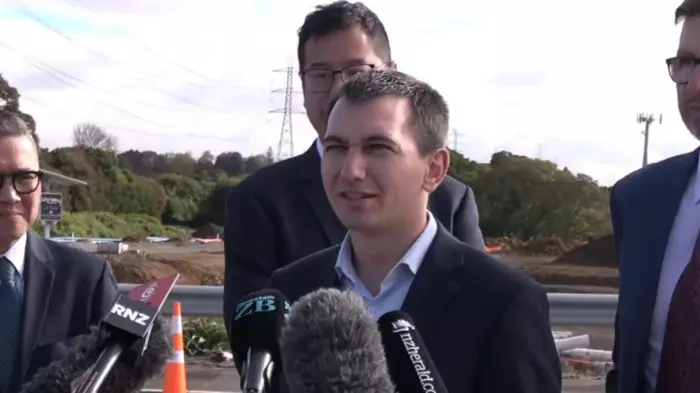New Zealand businesses need to start walking the walk on climate action, or risk having customers voting with their feet, says the financial and operational head of Kiwibank.
Paul Chambers, the bank’s COO/CFO, says being able to demonstrate your company is considering its impact on the planet and taking steps to reduce it is now an essential part of doing business.
Kiwibank’s five-year journey towards reducing its carbon footprint and improving sustainability saw the bank identify four main areas in which to start making improvements. Travel was the biggest target; Kiwibank reduced its emissions in this area by 35 per cent in 2022, part of a 22 per cent reduction in operational emissions and a 60 per cent drop in all emissions since 2017.
That has brought not only cost savings but widespread approval from customers that they are dealing with a responsible corporate citizen. Chambers says: “From a business perspective, it opens doors. I would like to see more New Zealand businesses stepping out and making a difference in the world.”
But, according to EECA (the Energy Efficiency and Conservation Authority) and its Gen Less campaign (encouraging all Kiwi to reduce energy consumption and take positive climate action), not all New Zealand businesses and business leaders are as far advanced as Kiwibank.
The latest insights from EECA’s Business Monitor identified that even businesses who want to take climate actions can feel stuck. The research shows the biggest perceived barriers are: cost, finding it too hard to start, and an overall lack of knowledge.
“Businesses are understandably distracted by economic concerns and other competing pressures right now,” says EECA’s GM of Marketing and Communications, Jo Bye. “But our research shows that they are falling out of step with how Kiwi are feeling, ”
EECA research shows only 55 per cent of business leaders see climate change as an important or very important issue, compared to 71 per cent of the general population, and just 26 per cent report prioritising climate action. However, 65 per cent of business leaders maintain they can make a difference to climate change and 52 per cent report they admire business leaders who prioritise actions to reduce climate change. Meanwhile 35 per cent – more than one in three – want to take action in the future or aren’t sure where to start.
 Paul Chambers, Kiwibank COO/CFO. Photo / supplied.
Paul Chambers, Kiwibank COO/CFO. Photo / supplied.
Chambers says: “I have been very pleasantly surprised by the degree to which our business customer community has shifted and considers these sort of things a must-have – and how often these things come up in customer conversations. It used to be a nice-to-have but not a decision-maker. The culture has shifted a little bit and we are getting to a different space, where people are making decisions around it. The conversation now starts with ‘are you doing the right thing?’.”
In that environment, taking steps to analyse and then reduce its energy use and carbon emissions was a no-brainer for Kiwibank: something the company needed to do to remain competitive and profitable. But there was also the ethical question.
“We are fundamentally a purpose-led organisation — Kiwi making Kiwi better off,” Chambers says. “We can’t be that and at the same time be oblivious to one of the major things impacting on our planet. We’ve got to fit in with what I see as the Kiwi ethos, of doing good in the world. It wouldn’t sit right with me if we were being blind to such concerns.”
Well down the path of reduced carbon footprint and enhanced sustainability, Kiwibank is now moving into a phase of supporting its customers to do the same thing.
To make reductions, Chambers says, you must have a known starting point: a process Kiwibank embarked on five years ago, measuring its emissions and establishing where cuts could be made.
“You’ve got to start with doing your very best to measure your emissions, and that’s a lot easier now than it used to be — there are a lot more tools available,” he says. “You need to create some sort of base measurement that lets you see you are changing in the right direction.
“Obviously Covid was a factor over the five-year period, but we have made a significant reduction in travel. We’re also in the process of converting our fleet to electric — by the end of 2032, it will be 50 per cent EVs,” Chambers says.
Kiwibank has also undertaken a raft of other, smaller but no less significant changes: shifting offices to more energy-efficient spaces, encouraging more remote working, installing LED lighting and changing the material in its envelopes to 100 per cent paper. It’s also become the first bank in New Zealand to use recycled plastic in all its EFTPOS, debit and credit cards.
“These all come with a cost benefit as well,” Chambers says. “If you’re using less electricity and doing less air travel and using less stuff in general, then you’re going to be spending less money — that’s pretty straightforward.”
The other business benefit of being climate-conscious is meeting widespread expectations. “Our customers now expect us to be doing this stuff,” Chambers says. “We’ve a fairly large number of customers concerned that we are doing the right thing. We need to be able to say we are making progress in this area and, if we can show that we’re making progress, it will open doors.
“Doing these things will help you get a foot in the door so you can explain what your offer is, and that you’re the people to do business with.”
Chambers’ advice for companies considering embarking on their own sustainability journey is to just start: “There is a tendency for people to want to have a fully-formed plan and to want to know exactly what’s going to happen, but this is not that sort of thing.
“Just get started — start measuring, start taking action. It doesn’t matter if it starts small, it will build incrementally. Start to engage your people and take them with you on the journey.”
4 steps to get started with emissions reduction in your business:
1: Start with purpose – the first step to becoming a climate-friendly business is to make a clear decision to start.
2: Measure your emissions – understand the footprint of your business to find out where to make the biggest impact.
3: Create a climate action plan – once you know where your emissions come from you can make a plan to reduce them.
4: Tap into co-funding and support
Visit genless.govt.nz/the-future-of-business-is-low-emissions/ to take your business’s next step on your low emissions journey.






